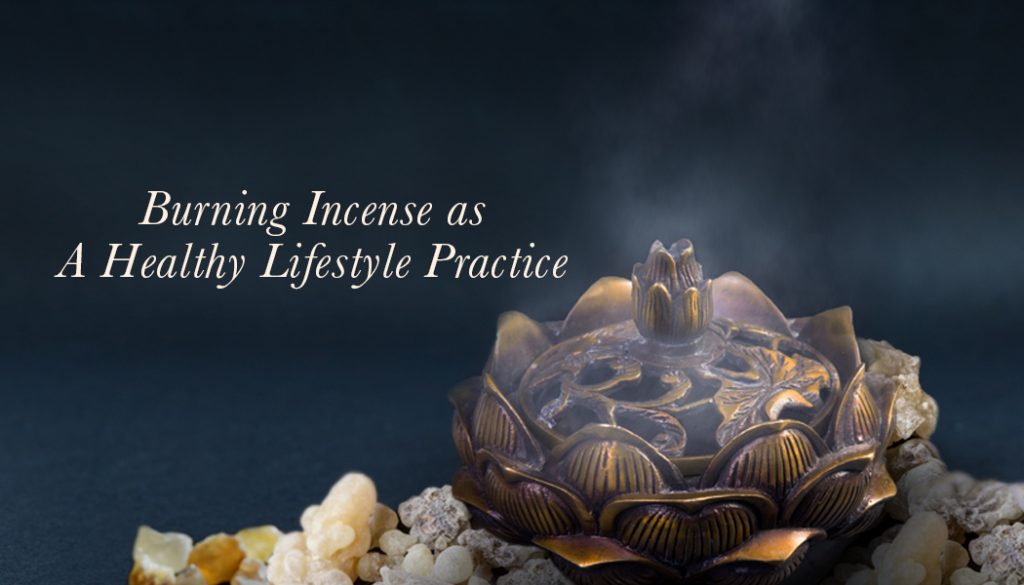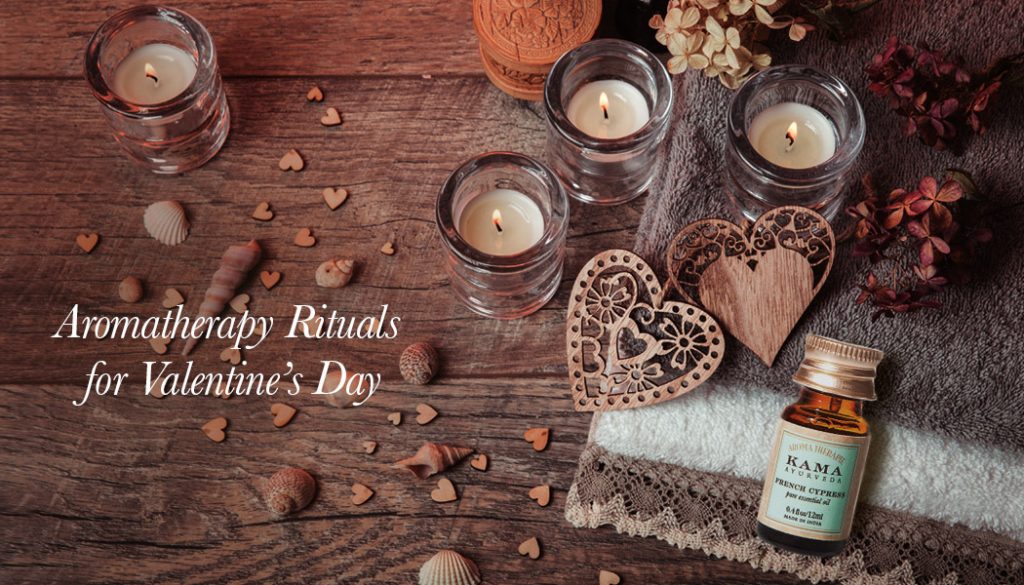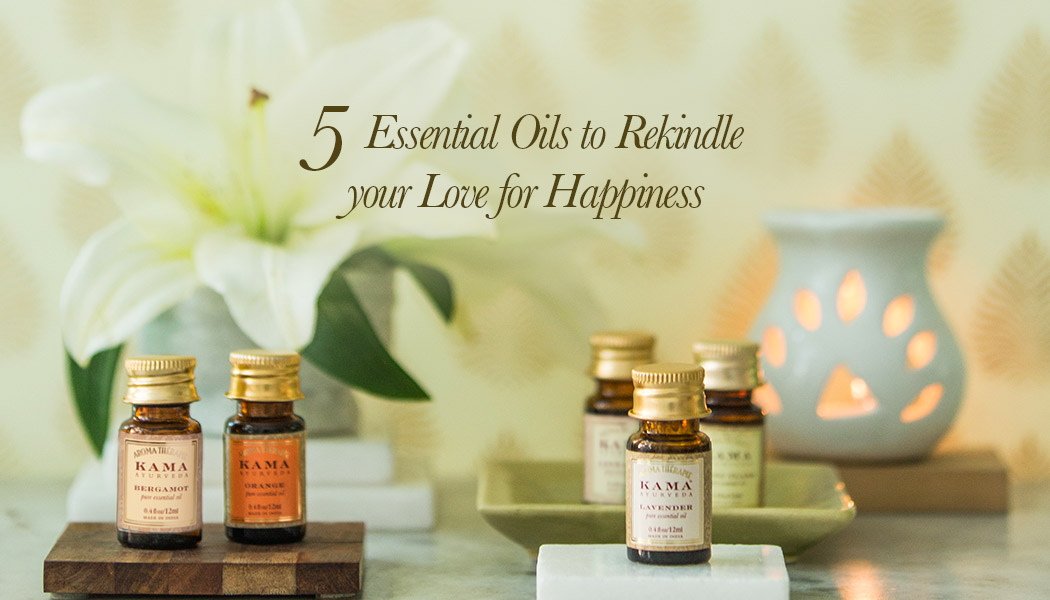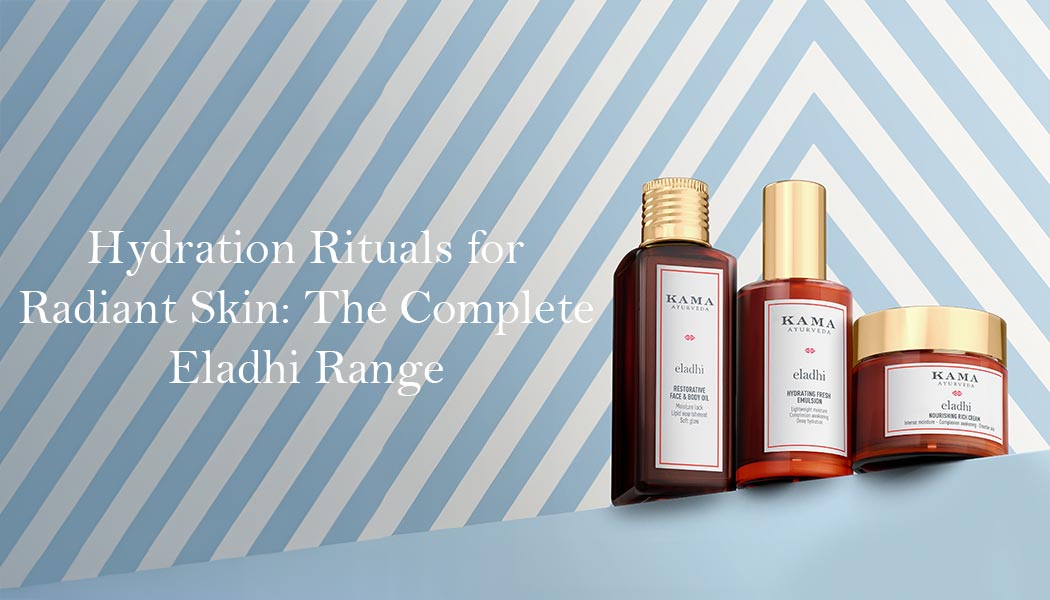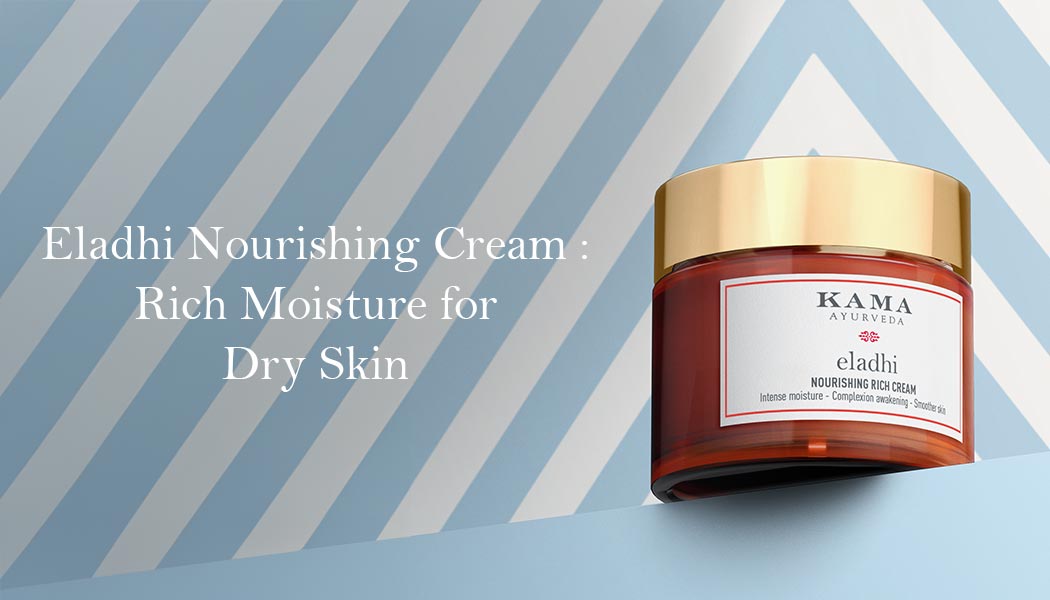- 20 April 2018
- 3 mins read
The realms of Spirituality and Perfumery place incense on a high pedestal of intrigue and exclusivity. But, it is not that difficult to incorporate incense into daily living, nor does it have to necessarily burn a hole in our pockets.
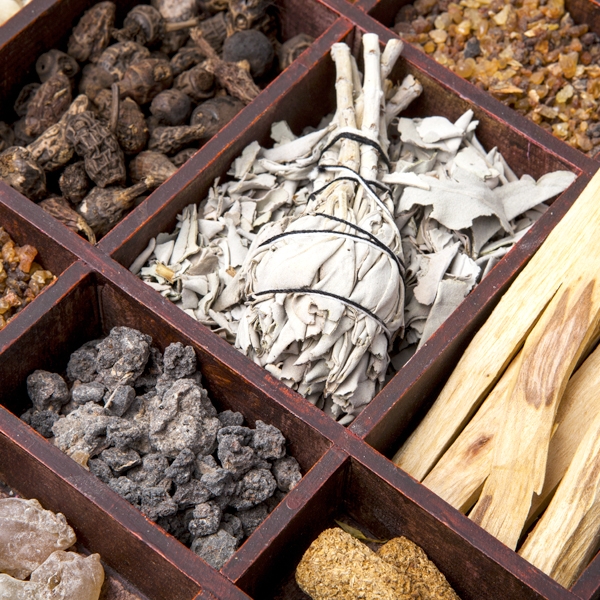
WHAT IS INCENSE?
The word incense comes from the Latin word incendere (‘to burn’); and refers to botanical extracts which release fragrant smoke on burning.
Incense dates back to antiquity, when the purifying nature of upward-rising aromatic smoke, was believed to carry wishes, prayers, and thanks to the Creator. The Rig Veda describes the use of incense in the Yajna fire ritual. In ancient Indian times, more often than not, knowledge of rituals was passed from generation to generation orally. It is possible that ceremonial fires employed locally available aromatic wood, flowers, and spices, like Pine, Sandalwood, Cinnamon, Lavender, Rose, Jasmine, Cedar, or Camphor.
Ancient Egyptians used incense in their tombs, as a means of appeasing Gods in the Afterlife. Incense has also been a significant part of ceremonial worship, in ancient Chinese, Persian, and Assyrian civilisations. The Greeks and Romans involved incense in daily life and milestone celebrations. Frankincense, Myrrh, Balsam, Agar Wood, Benzoin, Labdanum, Cardamom and Calamus were favourites.
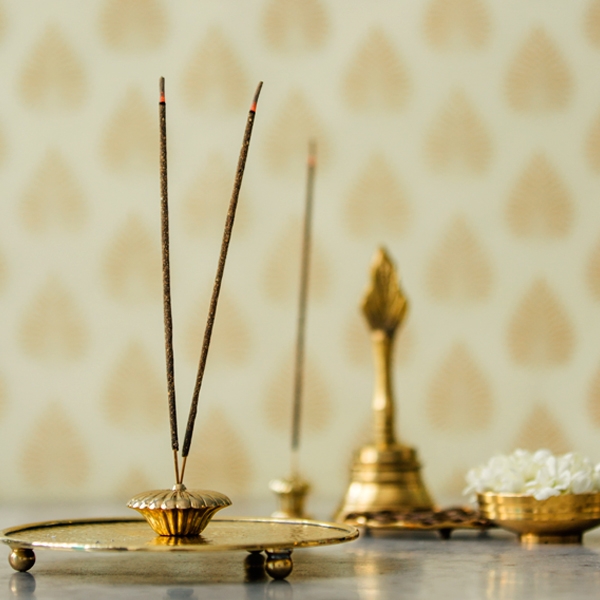
SOURCING INCENSE
Despite the olfactory experience of incense being cross-culturally familiar, the word refers to the actual substance being burned. It is completely a matter of personal preference. Incense is available in powdered, or resin form easily, either online, or in wellness and lifestyle stores; along with incense burners and diffusers. Even personal travels expose us to indigenously unique incense, such as the Copal of Mexico/Central America. The types of incense typical Indian households are usually well-acquainted with today, are Loban, (Frankincense), or Sandalwood and floral incense sticks (Agarbattis).
INCENSE FOR PURIFYING SPACES
Controlled burning of incense powder or resin over charcoal, and infusing domestic or professional spaces, is the traditionally followed method. Now, ‘smudging’ has become increasingly popular. It simply entails creating a bundle of herbs, flowers, and/or aromatic wood, (like Lavender, Rose, Sage, Cedar) and setting the bundle alight at the tip, or head.
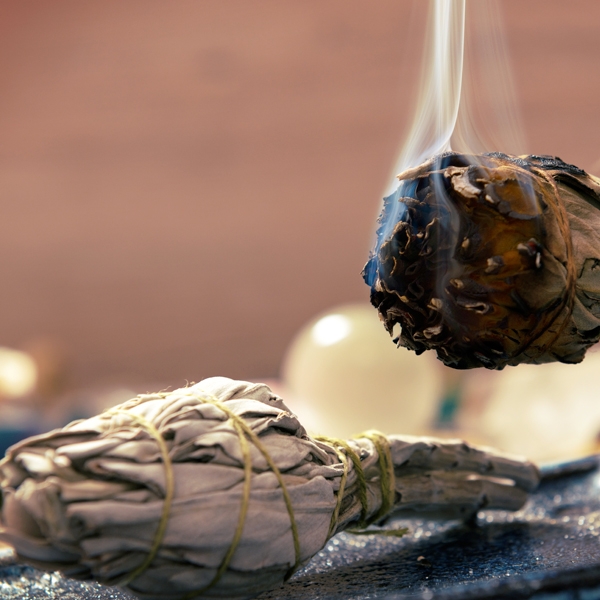
HOW SMOKING & SMUDGING WITH INCENSE HELPS
Smoking and smudging techniques dispel stagnant and lurking negative energies . Metaphysically, such energies are known to induce constant fatigue, irritability and moroseness, erratic sleeping, and reduced zest for life.
Regular cleansing of surrounding physical spaces and energy fields creates a sense of:
• Lightness and positivity
• Emotional security and peace
• Meditative calmness
• Creative focus and clarity
If flowers, resin, and bark are not easily available, there are more convenient options in the form of Essential Oils and Diffusers. Citronella, Peppermint, Lime, and Lemongrass Oils keep pests, bugs, and insects at bay. Bergamot, Orange, and Orange are for reinvigoration and revival, while Lavender, Ylang-Ylang, and French Cypress help with stress-relief.
How often should you smoke or smudge your spaces for cleanliness and clarity? As often as you intuitively need.
